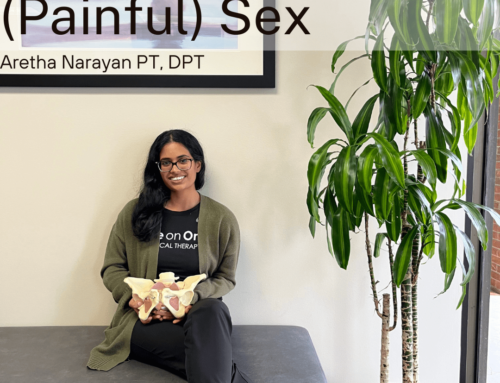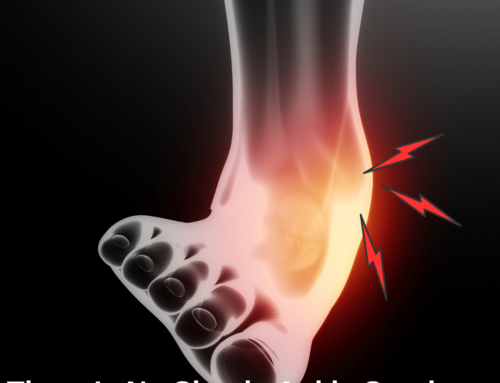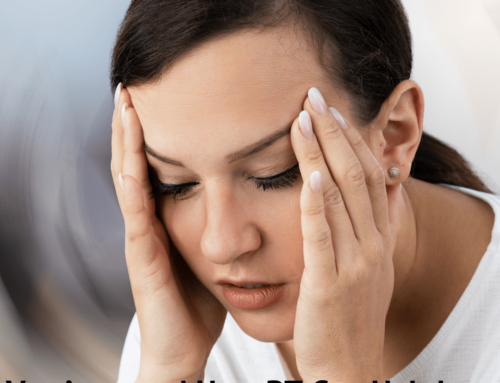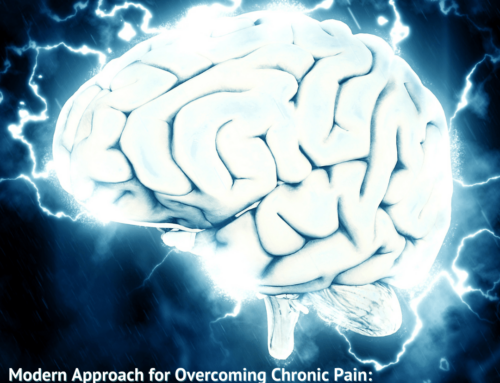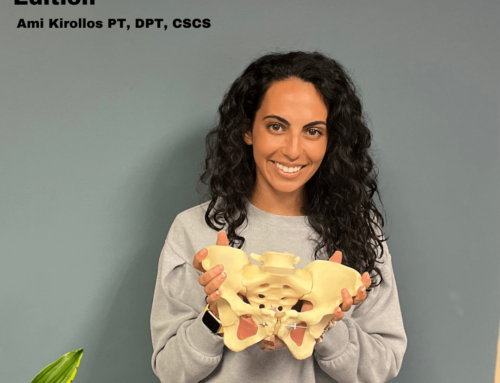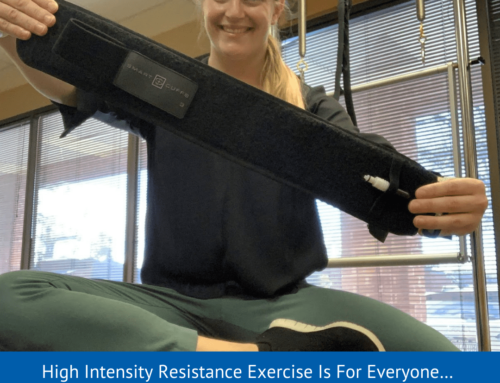Lateral Hip Pain: What You Need To Know
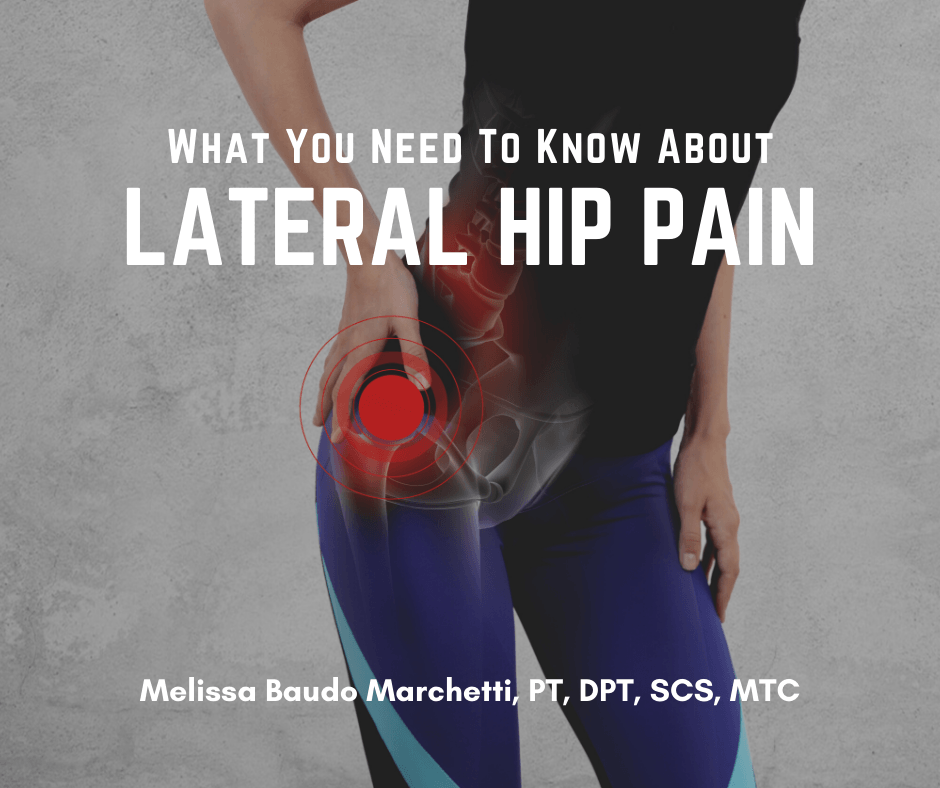
Lateral hip pain, traditionally diagnosed as an isolated condition referred to as “trochanteric bursitis”, is now understood to be most commonly associated with Gluteal Tendinopathy. This condition is most prevalent in post-menopausal women (1 in 4 women over the age of 50) but may also occur in younger runners and males. Traditional treatments have been based on a number of false conceptions such as: 1) the problem is primarily inflammatory in nature, 2) the primary issue is the trochanteric bursa and 3) the cause is tightness of the iliotibial band (ITB). What we understand now is that the primary issue is that the ITB winds up across the greater trochanter and compresses the tissue around the greater trochanter causing lateral hip pain.
What Is Gluteal Tendinopathy?
Gluteal Tendinopathy essentially means a painful gluteal tendon.
What Are Some Common Symptoms of Gluteal Tendinopathy?
- Pain centered around the lateral hip region
- Pain that radiates down the lateral aspect of the thigh toward the knee
- Pain laying on the hip at night
- Pain with single leg loading like when putting your pants on to get dressed or walking up stairs
- Pain with walking uphill
A Giant LEAP forward in Gluteal Tendinopathy
Recent research called The LEAP Trial has been published in the British Medical Journal, which revealed that effective treatment strategies should be centered around education and progressive loading exercises under the care of a Physical Therapist compared to cortisone injections and rest. The LEAP trial identified an effective treatment that takes an active approach to managing the load on the gluteal tendon, rather than a more passive treatment approach like using ice, anti-inflammatories and cortisone injections.
“Education plus exercise was better than corticosteroid injection use in functional outcomes, quality of life, and had less frequent pain and greater clinically important pain reduction” Mellor et al 2018.
Cortisone injections can actually degrade a tendon over time. And while you may get an initial pain relief response from the injection, it may not help you long term as the injection doesn’t help to progressive reload the tendon, and your pain will return.
How Do You Know If I Have Gluteal Tendinopathy?
In addition to listening to you about where your pain is located and what activities provoke your pain, we also have a battery of diagnostic tests that help us accurately diagnose Gluteal Tendinopathy.
What Else Causes Lateral Hip Pain?
There are a few conditions that can cause lateral hip pain that do need to be ruled out by your Physical Therapist.
- Lumbar referred pain: often patients are misdiagnosed with lumbar radiculopathy, also known as sciatica. Typically, GT causes pain radiating from the lateral hip down the lateral thigh, not down that back of the thigh into the foot like sciatica. There can be coexisting lumbar issues, but with proper in-office diagnostic testing, we are able identify these co-existing issues and determine whether Gluteal Tendinopathy is an accurate diagnosis for you.
- Hip Joint Pain: intra-articular pathology such as Osteoarthritis (OA), Labral Tears, or Hip Impingement can cause hip pain, however the pain is typically localized to the groin, anterior hip or deep in the buttock. These conditions are also associated with moderate to severe hip joint stiffness making it difficult bend and reach the foot to put on your shoes and socks. Patients with GT don’t typically have the stiffness in the hip like OA. Intra-articular hip conditions can also cause pain with sleeping, but the pain is often global pain that refers deep into the buttock.
How Do You Treat Gluteal Tendinopathy?
Early phase treatment focuses on manual therapy and education and activity management that decreases the compressive load on the hip (excessive hip adduction), i.e. avoid sitting cross legged, avoid overstretching the hip, avoid hanging on your hip in standing, reviewing optimal sleeping positions, reviewing optimal gait and how to stair climb. Then, we move into low load isometric exercises, bridge and squat progressions, supported single leg standing that focuses on controlling your pelvis and femur in space. Then, we gradually progress the loading to the hip until you are able to perform all your functional activities without pain.
Many people are told that the lateral hip pain is caused from a tight ITB, so they try to treat themselves by foam rolling the ITB. However, you don’t have to loosen the ITB. In fact, by laying on the foam roller you have to lay on your side, which puts you into more hip adduction, placing more compressive load into the lateral hip causing more pain. The pain you feel on the lateral thigh is more likely due to myofascial triggerpoints in the vastus lateralis muscle (the lateral quadriceps). So, stop foam rolling your ITB and seek help from a Physical Therapist who is an expert in lateral hip pain.
About The Author
Dr. Melissa Baudo Marchetti, PT, DPT, SCS, MTC is a Board Certified Sports Clinical Specialist at One on One Physical Therapy, a multidisciplinary private practice in Atlanta, GA. For nearly 5 years she was a full-time Sports Physical Therapist for the WTA Tour and is a Tennis Medicine Expert. Dr. Baudo also specializes in lateral hip pain. She teaches a Sports Physical Therapy Course and assists in teaching Orthopedics within the Division of Physical Therapy at Emory University.
